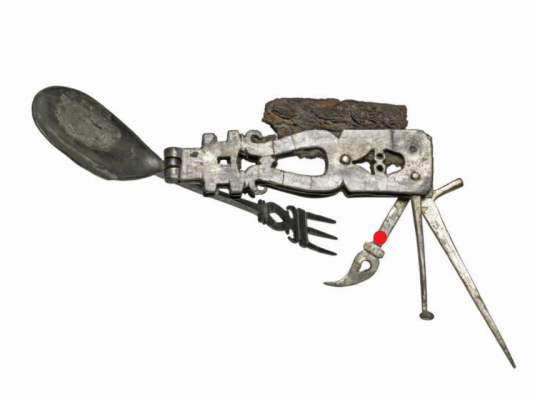Ascalon
Justified & Ancient
- Joined
- Jul 3, 2009
- Messages
- 1,653
Tongue firmly in cheek.Depends exactly what they put into their drinking glasses!
May not have been anything to do with alcohol.
But the Egyptians were rather fond of their alcohol, with beer being a staple for the monument labourers.
Now, exactly what the etiquette of doing shots wiht the Pharoah was, I'm not sure that has been preserved in the historical record. But they do look like a tray of shot glasses. These are the perils of amateur interpreters.


